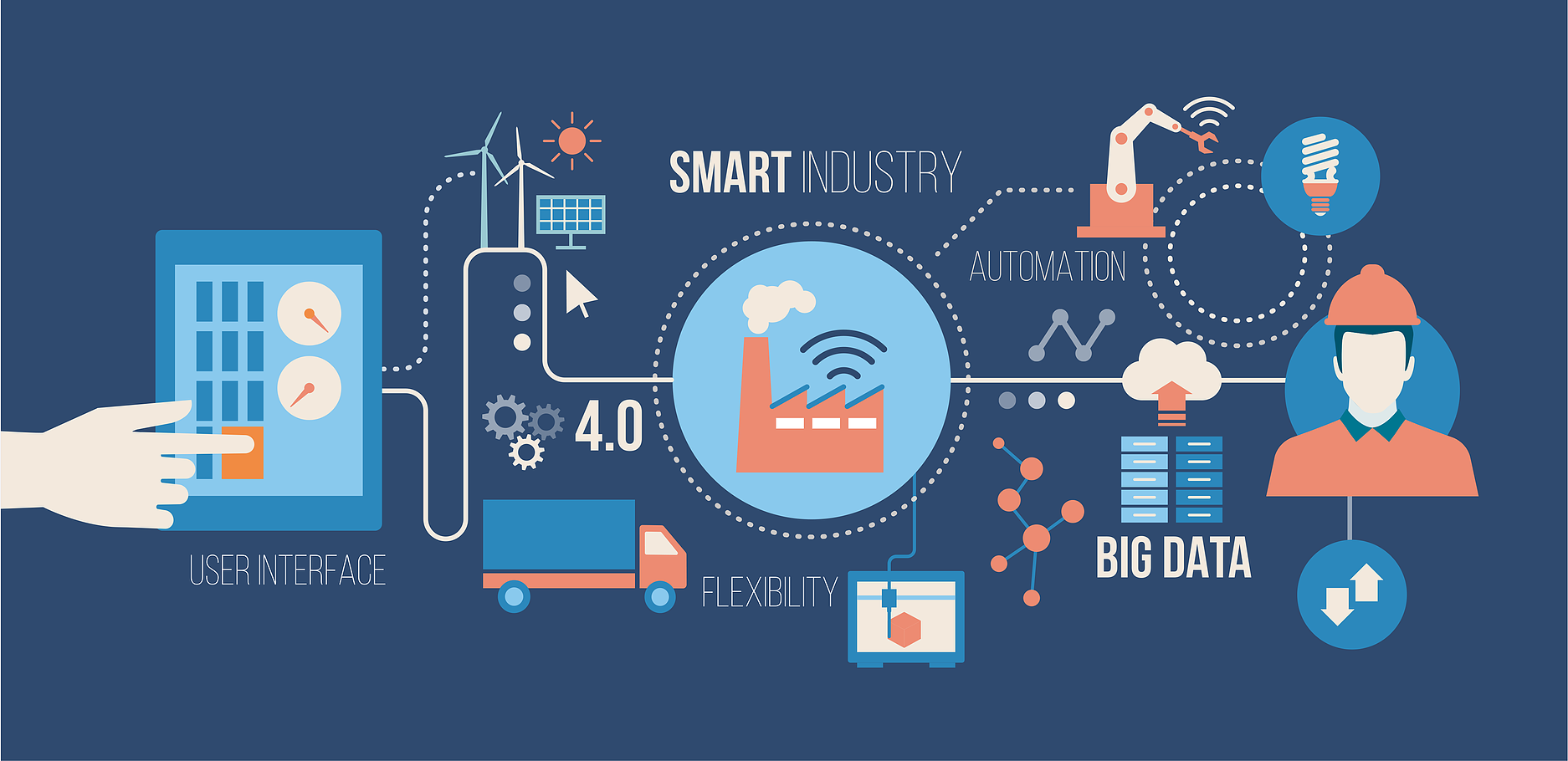
By-Alen Gupta, BCA- 4th sem ,
1st Shift
INTRODUCTION:
THERE has been a number of milestones in the development of computer technology
and information technology. Mainframe computers appeared in 1960s-1970s. In
1980s-1990s, Internet and desktop computers able to deal with personal and
commercial business were created. Around 2000 appeared pervasive computation to
conduct calculation at any time or place. All these events have fundamentally
influenced the development of information society. At present, many experts
from various fields are paying close attention to the emergence of a new
engineering system, cyber-physical systems (CPS). CPS are multidisciplinary
systems to conduct feedback control on widely distributed embedded computing
systems by the combination of computation, communication and control technologies.
They are transformation and integration of the existing network systems and
traditional embedded systems. Through integration, CPS is able to realize the
real-time, safe, reliable and dynamic collaboration with physical systems
represented by the embedded system. Physical system data acquisition modules
collect data by distributed field devices in CPS system and guarantee the
real-time capability and accuracy of the collected data. They pass data to the
information processing layer according to the demands of services and complete
given tasks by information processing technologies such as data uncertainty
management, statistical signal processing, data security processing and
feedback control. CPS has a wide range of applications, such as digital medical
instruments and systems adopting automatic acquisition and control technology,
distributed energy systems, aerospace and aircraft control, industrial control
and so on. CPS can also bring huge economic benefits and will eventually bring
fundamental change to the function of existing engineering physical systems.
Characteristics:
CPS interact with the physical system through networks, the end system of CPS
is normally traditional centralized tightly coupled embedded computing system,
which contains a large number of physical systems composed of intelligent
wireless sensors net. Therefore, CPS maintains following characteristics:
- Physical System is the Most Important Field of CPS.
- Information System is the Core of CPS
- CPS is the Product of Integration of Heterogeneous Systems.
- CPS has Requirements of Security, Real-time Capability, and Predictability.
TECHNICAL
RESEARCHES: Scientific CPS composition must be a new
system architecture pattern which is composed of hierarchical systems including
components and subsystems, service quality theory, agreements and modelling
language and tools that can analyze, integrate and simulate different
components. Computation theory should be able to handle feedback control of
real-time systems based on event-driven which suit the asynchronous dynamic
event processing of different time scale. The world CPS researchers are just in
their beginning. Since CPS is the integration of multidisciplinary
heterogeneous systems, without a unified global model, CPS researches are
carried out by experts in various areas from the perspective of applications in
their own field. At present, CPS researchers mainly focus on studies of system
architecture, information processing and software design.
CONCLUSION:
CPS will cover various aspect of social and economic life, bring wide influence
and lead the comprehensive development of computer science as well as other
subjects. However, limited by the existing theory and technology of
computation, communications and control technology, the development of CPS is
also facing big challenges. Breakthrough in CPS key technology will enable our
country take the world’s leading position in CPS development so that we can
independently set our own standard and to push the national social and economic
development.









.jpg)


0 comments:
Post a Comment